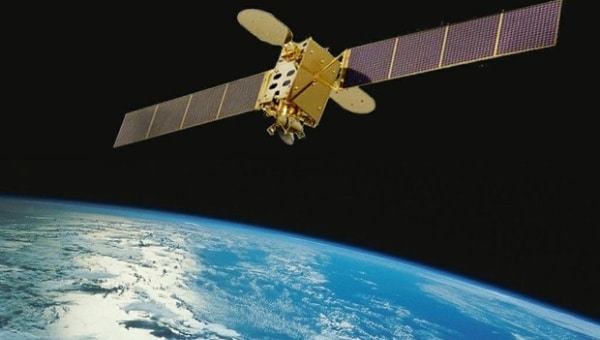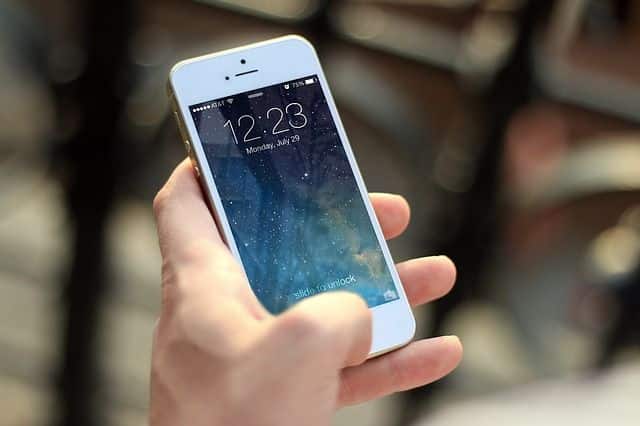Only 29% of Indonesia’s 255 million people currently have internet access, described by Google co-founder Sergey Brin, right, as a disadvantage for both information and communication
Working with three local internet providers, Google is trying to expand in Indonesia by installing helium-filled balloons in the stratosphere.
How do you connect a country made up of 17,000 islands to the internet? That’s the huge infrastructure challenge faced by Indonesia, and one that Google hopes to address using its high altitude ‘Project Loon’ balloons.
The Silicon Valley giant has partnered with three Indonesian internet service providers – Telkomsel, Axiata and Inmost – to deliver LTE connectivity to remote areas via clusters of giant helium balloons to places where fixed-line service aren’t available. It’s part of the the company’s plan to help connect some of the billions of people around the world who remain offline.
“Indonesia is the perfect fit for Project Loon,” said Mike Cassidy, project leader for Loon, speaking at Google’s headquarters in Mountain View in front of a fully inflated balloon.
“Occasionally getting out of communications range is healthy for all of us,” added Google co-founder Sergey Brin, “but if it’s part of your daily life and you don’t have access to the information and the ability to communicate with people important to you that’s a real disadvantage.”
According to eMarketer, only 29% of Indonesians have access to the internet and connection speeds are slow, largely thanks to challenging geography and a thinly spread population of around 255 million people, which makes it expensive to build a network using underwater cables. Until now, satellite-delivered internet access has been the only option for many – although the satellite dish installation and data costs can be prohibitively expensive for poorer communities.
To use Google’s balloon-based offering, people on the ground only need a mobile device to get online with speeds of up to 10 megabits per second. While Indonesia has close to 100% mobile penetration, only 23%, are smartphones, which means that even if the coverage is there, consumers may not have the devices to access the network.
Google will spend 12 months testing the technology with its three partners before rolling out a commercial product. Tariffs have yet to be established. The mobile operators handle the customer relationship and billing, while Google is simply building the cell ‘towers’ – balloons 20,000 metres in the air. “We’ll need many hundreds of balloons to cover Indonesia,” added Cassidy.
Project Loon was first incubated by the experimental Google X division in 2011, but was officially announced in June 2013 with a remit to help bring the internet to the two thirds of the world’s population who still don’t have access. It started with a trial involving 30 balloons over New Zealand. Since then, Google has partnered with companies in Australia, Brazil, Sri Lanka and now Indonesia to deliver balloon-powered internet access.
Indonesia’s president Joko Widodo had due to attend the event but later withdrew.
The 12-metre tall helium-filled balloons fly in the stratosphere at altitudes of between 18km and 25km – twice as high as aeroplanes. Each balloon can provide connectivity to an area of around 40km in diameter using LTE wireless communications. People on the ground can connect to the wireless network using their mobile devices and the balloons will relay the traffic from those devices between each other and eventually back to the global internet using high-speed links.
The hundreds of balloons needed to provide coverage for each area are coordinated and tracked via mission control to optimally position the fleet to provide the best coverage. Steering is made possible by moving the balloons to different altitudes – where stratospheric winds travel in different directions.
“To provide a continuous internet service you’re talking about a complex choreography where thousands of balloons are steered and programmed in an automated fashion,” said Cassidy, adding that the system makes sure another balloon comes into range as soon as another has left.
Not everyone is happy with Loon’s arrival in Indonesia. The country’s largest telecommunication company, Telekomunikasi, rejected Google’s plan, arguing that it would undermine its own investment in fibre-optic infrastructure.
“Clearly the project would harm not only Telkom, but also other telecommunication companies. That means Google would bypass us,” Indra Utoyo, director of innovation and strategic portfolio, told Jakarta Globe.
Speaking at Google HQ, Telkomsei’s CEO Ririek Adriansyah was eager to point out that Loon won’t mean a reduction in its own cell tower infrastructure.
“Loon is focusing on hard-to-reach areas, not those we can reach using traditional methods. Without Loon these areas would probably never be covered by us as they are either too difficult or too costly,” he said.
Google isn’t the only company using experimental technologies to bring remote parts of the world online. Facebook has has plans for solar-powered drones capable of flying for three months at a time without landing, although so far the company only has only unveiled one full-sized aircraft.
Source :The Guardian
BREAKING NEWS | HEADLINE NEWS | NEWS | DAILY NEWS | WEEKLY NEWS
WORLD NEWS | INDONESIA NEWS | BALI NEWS

















Add a comment